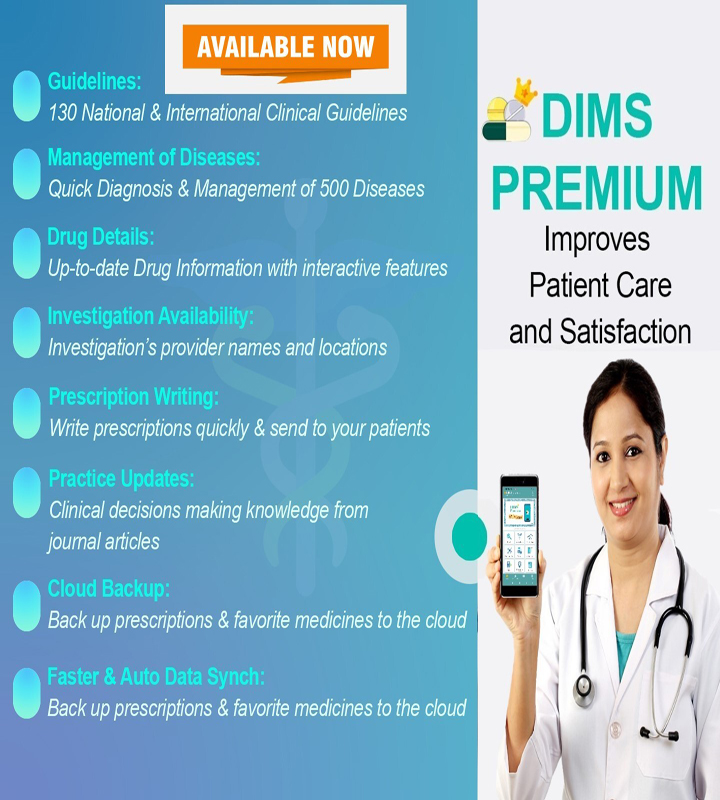Gestational Glucose Intolerance and Risk of Future Diabetes
Diabetes Care Journal: Published on January 2023
Gestational diabetes (GDM) is a
complex disorder associated with adverse fetal and maternal outcomes.
GDM is a global problem and has an
estimated prevalence of 14%. The term gestational glucose intolerance (GGI) is
applied to women who have an abnormal screening 50-g glucose challenge test
(GCT) but do not meet the diagnostic criteria for GDM on a 100-g OGTT.
GDM is a strong risk factor for
diabetes, with the lifetime prevalence of diabetes among affected individuals
as high as 50%. Thus, universal screening during pregnancy provides the
opportunity to systematically identify young adults at risk for diabetes.
TAKE-HOME MESSAGE
This study assessed the risk of
incident diabetes among patients who had abnormal initial screening for
gestational diabetes but normal oral glucose tolerance test (OGTT) or
gestational glucose intolerance (GGI).
Compared with those with normal
screening, patients with GGI had a higher risk for incident diabetes. The risk
for diabetes increased with each abnormal OGTT value. The fraction of cases of
diabetes 10 years after delivery attributable to GGI and GDM was 8.5% and
28.1%, respectively.
GGI is an under-recognized risk factor for the development of diabetes. Routinely available clinical data identify an unrecognized group who may benefit from enhanced diabetes screening and prevention.
Doctors Liked to Read More
Abstract
Objective: Pregnant
individuals are universally screened for gestational diabetes mellitus (GDM). Gestational
glucose intolerance (GGI) (an abnormal initial GDM screening test without a GDM
diagnosis) is not a recognized diabetes risk factor. We tested for an
association between GGI and diabetes after pregnancy.
Research design and methods: We
conducted a retrospective cohort study of individuals followed for prenatal and
primary care. We defined GGI as an abnormal screening glucose-loading test
result at ≥24 weeks' gestation with an oral glucose tolerance test (OGTT) that
did not meet GDM criteria. The primary outcome was incident diabetes. We used
Cox proportional hazards models with time-varying exposures and covariates to
compare incident diabetes risk in individuals with GGI and normal glucose
tolerance.
Results: Among
16,836 individuals, there were 20,359 pregnancies with normal glucose
tolerance, 2,943 with GGI, and 909 with GDM. Over a median of 8.4 years of
follow-up, 428 individuals developed diabetes. Individuals with GGI had
increased diabetes risk compared to those with normal glucose tolerance in
pregnancy. Diabetes risk increased with the number of abnormal OGTT values. The
fraction of cases of diabetes 10 years after delivery attributable to GGI and
GDM was 8.5% and 28.1%, respectively.
Conclusions: GGI confers an increased risk of future diabetes. Routinely available clinical data identify an unrecognized group who may benefit from enhanced diabetes screening and prevention.






Comments
You must login to write comment